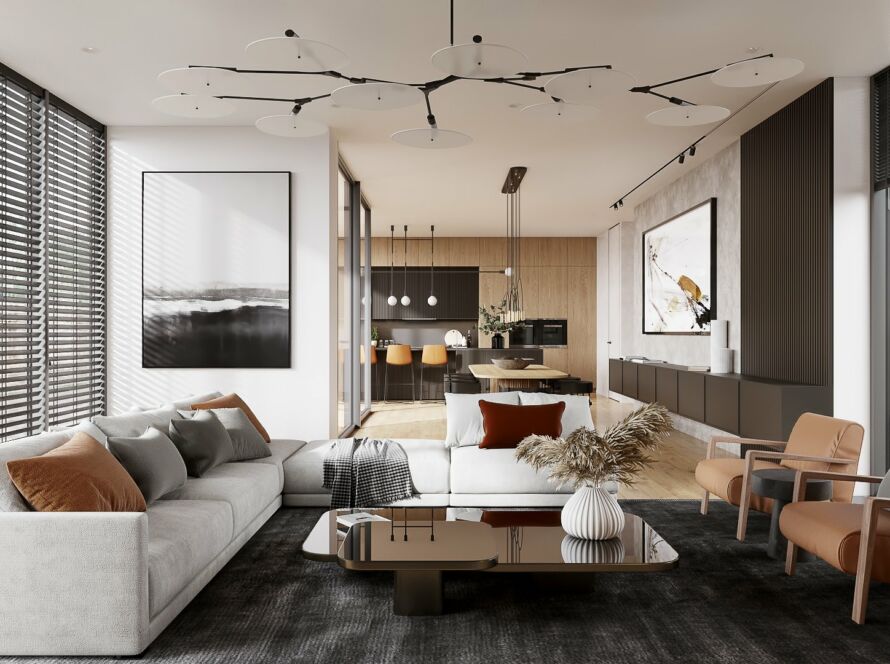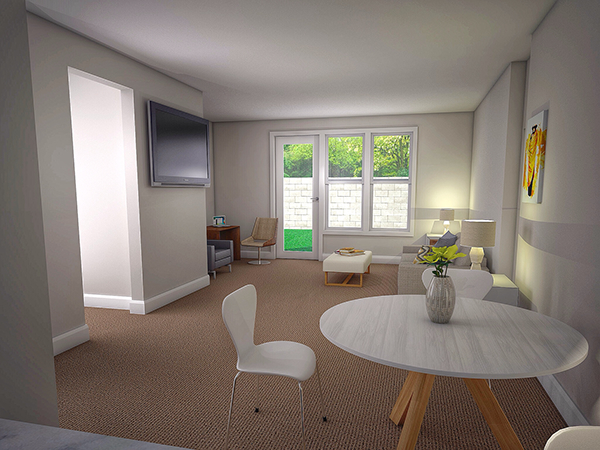An Introduction to Rendering Art
Rendering is the process of creating a two-dimensional or three-dimensional image from a model by means of computer software. It is the final stage of digital art creation that often follows modelling and animation, and it can produce stunningly realistic results.
There are two main types of rendering: rasterization and ray tracing. Rasterization is the more commonly used method, as it is faster and produces good results for most scenes. Ray tracing takes longer but can create more realistic images, particularly when it comes to reflections and lighting.
Rendering can be used for both still images and animations. In either case, the final product is a digital file that can be viewed on a screen or printed out.

How to Render Art in Various Mediums?
Rendering is the process of creating a two-dimensional image from a three-dimensional model. This can be done through various mediums such as painting, drawing, or photography.
There are different techniques that can be used when rendering art in various mediums. For example, when painting, an artist may start with a sketch of the scene before adding layers of paint to build up the image. When drawing, an artist may use hatching or cross hatching to create more depth and interest in the drawing. And when using photography, an artist may use light and shadow to create a more realistic image.
Each medium has its own unique qualities that can be used to create beautiful works of art. By experimenting with different mediums, artists can find the one that best suits their style and vision.
What Is Rendering In Digital Art?
Rendering is the process of creating a 2D or 3D image from a model by means of computer programs. It is the final step of digital art creation, during which artists use various tools to add color, texture, lighting and other effects to their work.

There are two types of rendering: raster and vector. Raster rendering uses pixels to create an image, while vector rendering uses mathematical equations to draw lines and shapes. Both techniques have their own benefits and drawbacks, so artists must choose the one that best suits their needs.
Raster rendering is more common in digital art because it produces softer edges and more realistic shading. However, it can take longer to render an image than with vector rendering. Vector rendering, on the other hand, is more suited for line art or images with sharp edges. It is also faster than raster rendering, but the results may not be as realistic.
No matter which type of rendering you use, the goal is always the same: to create a beautiful or realistic image that represents your original idea. With practice and patience, anyone can learn how to render like a pro!
How To Render A Digital Painting – Step By Step
In order to render a digital painting, there are a few steps that must be followed. First, the artist must create a file with the dimensions that they desire the final product to be. Next, the artist must fill this file with layers of colours, starting with the lightest colours and working their way towards the darkest colours. Finally, the artist must use a variety of brushes and shading techniques to add details and depth to the painting.
How To Get Better At Rendering Digital Art?
If you’re not happy with the way your digital art looks, there are some things you can do to improve your rendering skills.
- Study other artists’ work. See how they use light and shadow, colour, texture, and line to create their images. Then try to emulate their techniques in your own work.
- Use reference photos or real-life objects when you’re creating your art. This will help you understand how light behaves in different situations and give you a better sense of proportion and scale.
- Experiment with different software programs and brushes. Each program has its own strengths and weaknesses, so find the one that works best for the type of art you want to create. And don’t be afraid to try new brushes or textures—they can really add interest to your work.
- Take your time. Rendering takes practice, so don’t expect to get it perfect overnight. Work on one area at a time and slowly build up the detail in your image. And don’t forget to step back every once in a while to make sure everything still looks good from a distance.
- Get feedback from other artists. Show your work to others and see what they think. They may have some helpful suggestions on how to improve your rendering skills.

Conclusion
Rendering in art is the process of creating a 2D or 3D representation of an object or scene. This can be done through painting, drawing, sculpting, or other forms of art. Rendering is an important skill for artists to learn because it allows them to create realistic representations of their subjects. By understanding how to render objects and scenes, artists can create more lifelike and accurate artwork.





